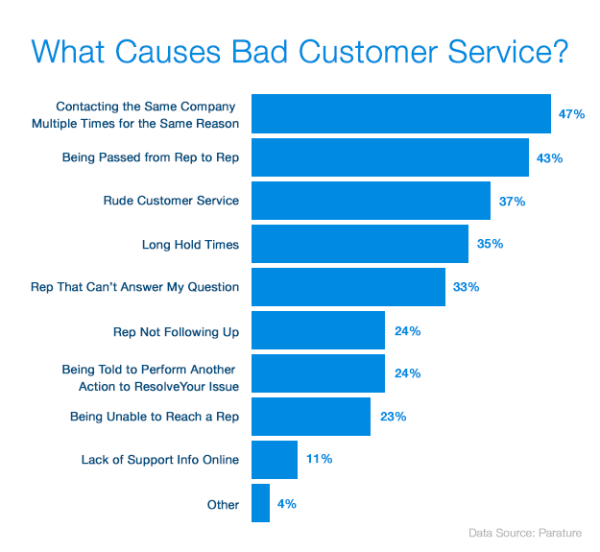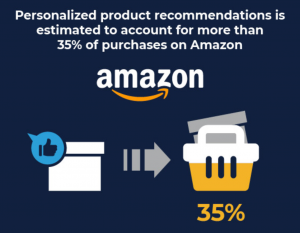By Kristi Hines, Published October 13, 2014
Whether you have an online or offline business, at some point, you will have to deal with angry customers. Sometimes it might be your fault, but often, customers become angry about things that are beyond your control. No matter what the circumstance, the way you handle your angry customers will ultimately affect the success of your business. In this post, we’re going to look at the art of how to deal with angry customers.

Image Courtesy of Rodrigo Suriani
Why Angry Customers Matter
Did you know that your angry customers could have a huge affect on your business? Customers who have a bad experience with a business are more likely to share those experiences with their network than those who have a positive experience. Therefore, rectifying the situation before it turns into a negative social media post or business review is critical. It can mean the difference between experiencing the benefits of positive word of mouth marketing or suffering the loss of customers due to a bad reputation.
Another reason you will want to calm as many angry customers as possible is retention. Statistics show that attracting a new customer is five times more costly than selling to an existing one, and 71% of customers end their relationship with a business due to poor customer service. Hence, if you don’t always want to be chasing customers, you will want to maintain as many customer relationships as possible.

Steps to Dealing with Angry Customers
Now that you have a few compelling reasons why you must do your best to turn angry customers around, here are some steps to dealing with them.
1. The Mental Preparation Required
It’s best to take a few minutes (or longer) to look objectively at a customer’s complaint before responding to it. If you’re standing face to face with your customer and don’t have that luxury, you will need to train yourself to not take anything they say personally. Otherwise, you will react in a defensive manner that may lead to further angering your customer.
As mentioned earlier, a customer’s anger may or may not be your fault. In many cases, it could be a simple mistake on your part that doesn’t warrant an extreme reaction. Due to circumstances out of your control like the customer having a bad day, things can be blown completely out of proportion.
If you are mentally prepared not to take things personally, then you will be able to see calmly what the customer is frustrated about and how to help resolve the issue. The faster you resolve the situation, the happier your customer will be.
2. Saying “sorry” Actually Works
Only in rare circumstances is a customer so wrong that an apology is not warranted or deserved. In most cases, even if you aren’t truly sorry, starting everything with a simple apology can calm the situation down. By toning down the customer’s anger from the start, you will find it easier to get more details about their issue and find a solution that benefits you both.
3. Finding Resolution
Once you have determined the problem, you must provide a resolution for that problem. It might be something as simple as exchanging an item, performing a service again to get it right, or offering a refund.
4. Follow-Up
You will want to follow up with your customer (if possible) to ensure that you have resolved the problem. By reaching out to confirm that your customer is no longer angry, your customer will see how far you will go to provide excellent customer service. Customers spend more with companies that offer great customer services. By going above and beyond with your angry customers, you have a chance to turn them into loyal customers.
5. Get Over Your Ego, and Learn from Your Mistakes
Last but not least, take each experience with an angry customer as an opportunity to improve your business. Is there something you can implement to avoid angering future customers? If so, then do it. It’s better to learn from one angry customer than to have to continue dealing with one angry customer after the other.
When to Walk Away
90% of the time, if you have an angry customer, you should assume responsibility to resolve the problem and try to retain the customer. But there are exceptions. There are customers that know they can manipulate the system by being angry. Chances are they have used their anger to gain discounts, free products, or free services.
When you notice a particular customer is always upset, and you know that your business isn’t to blame, you may be losing more than gaining when trying to please them. Sometimes, it’s best to weigh the options. Determine whether their business is worth the effort it takes to keep them happy. If it’s not, then it might be time to (politely) suggest that your products or services may not be the right match for their needs.
Business Articles | Business 2 Community
(553)






